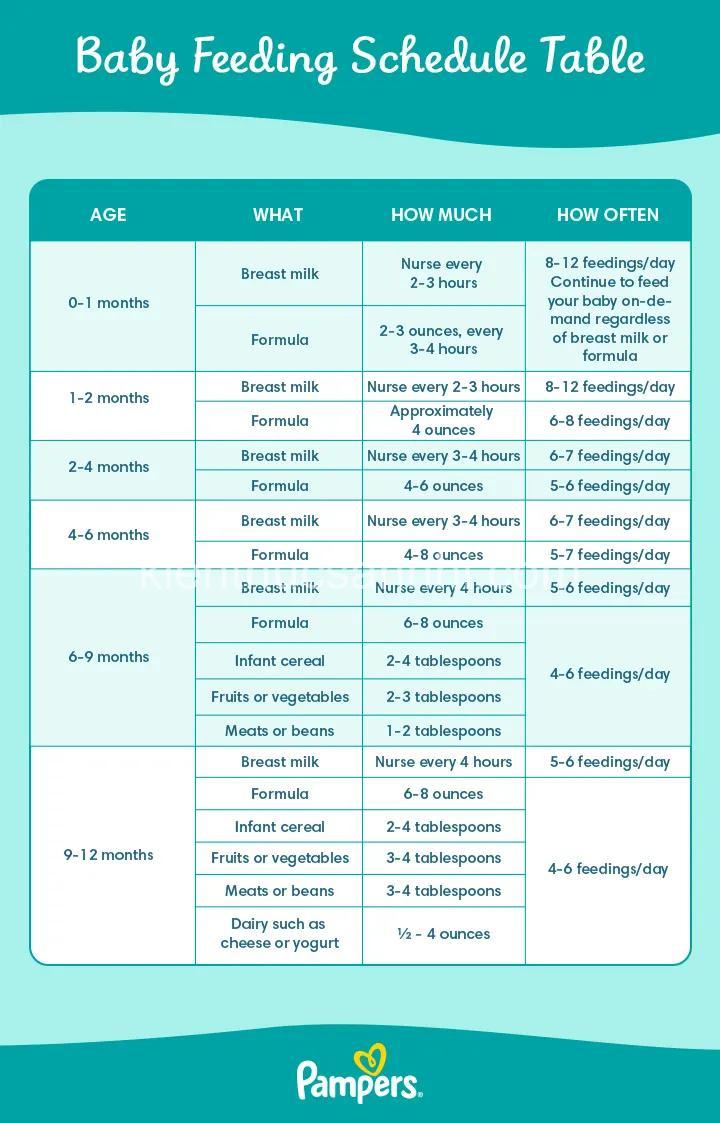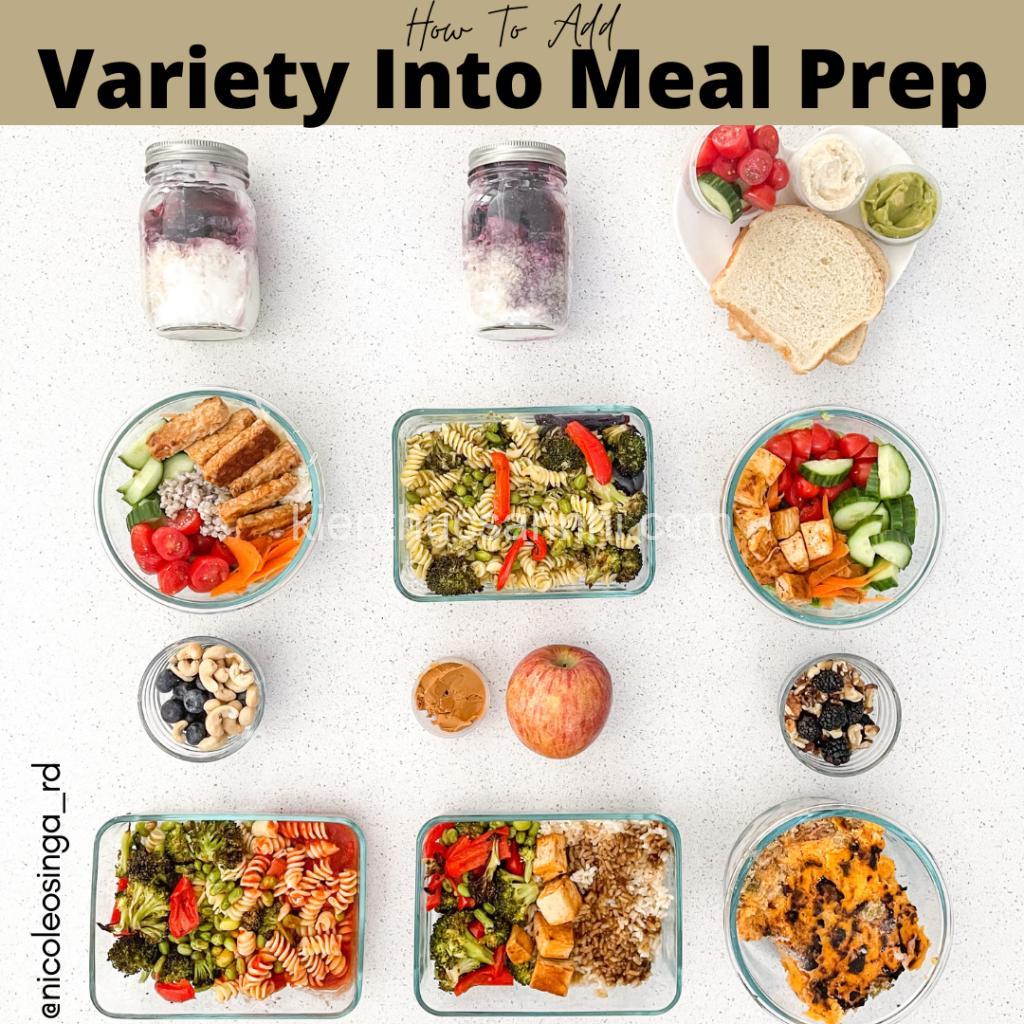
Feeding Schedules: Importance, Factors & Creating a Plan. In today’s article, kienthucsannhi.com will explore with you in the most detailed and complete way. See now!
Understanding the Importance of a Feeding Schedule
A feeding schedule is more than just providing your pet with food; it’s a fundamental element of their overall health and well-being. It’s a routine that promotes regularity and helps maintain their body’s natural rhythms. There are several key benefits to establishing a feeding schedule:
- Improved digestion and nutrient absorption: A regular feeding pattern allows your pet’s digestive system to function optimally. This means they’ll better absorb the nutrients from their food, leading to a healthier and more energetic pet.
- More stable blood sugar levels: Consistent feeding times help prevent drastic fluctuations in blood sugar levels. This is especially important for pets with diabetes or those prone to weight gain.
- Weight management: A feeding schedule helps prevent overeating and encourages healthy weight management. It provides a structure that can help control their calorie intake, minimizing the risk of obesity and its associated health problems.
- Reduced risk of health complications: A regular feeding schedule reduces the risk of digestive issues, nutritional deficiencies, and even behavioral problems. By providing a predictable routine, you’re promoting a healthier and happier pet.
Conversely, irregular feeding can have negative consequences:
- Overeating or undereating: Without a schedule, pets might overeat if food is constantly available or undereat if they forget to eat due to irregular mealtimes.
- Digestive issues: Inconsistent feeding patterns can disrupt the digestive system, potentially leading to bloating, gas, and diarrhea.
- Nutritional deficiencies: If your pet doesn’t receive adequate nutrition due to irregular feeding, they may develop nutrient deficiencies, leading to various health problems.
- Behavioral problems: An unpredictable feeding routine can cause anxiety and stress, potentially resulting in behavioral issues like aggression or destructive behavior.

Factors Influencing Your Pet’s Feeding Schedule
Now that we understand the importance of a feeding schedule, let’s explore some factors that determine the best schedule for your pet:
Age and Development
- Infants and toddlers: Puppies and kittens require frequent feedings, usually 4-6 times a day, as they are still growing and developing rapidly. As they mature, you can gradually transition to fewer meals.
- Children and adolescents: As your pet enters adulthood, you can reduce meal frequency to two meals a day, but you’ll need to adjust the portion size to meet their nutritional requirements.
- Adults: Mature pets generally need two meals a day, but individual needs may vary depending on their breed, size, activity level, and health condition.
- Seniors: Older pets often experience changes in appetite, potential digestive issues, and sometimes difficulty swallowing. You may need to adjust meal frequency and provide softer food for easier digestion.
Lifestyle and Activity Level
- Active pets: Pets with a high activity level, such as working dogs or those participating in agility competitions, require more frequent meals and may need a higher calorie intake to support their energy demands.
- Sedentary pets: Pets with a more sedentary lifestyle, such as indoor cats or older dogs, need fewer meals and a lower calorie intake to prevent weight gain.
- Travel and work schedules: If you travel frequently or work long hours, you’ll need to adjust your pet’s feeding schedule to accommodate your absence. Consider enlisting a pet sitter or providing a food dispenser for automatic meals.
Health Conditions:
- Diabetes: Pets with diabetes require frequent, small meals to regulate their blood sugar levels. Consult your veterinarian to develop a specific meal plan tailored to your pet’s needs.
- Food allergies: Pets with food allergies require a specific diet that avoids trigger foods. Your veterinarian can help you determine the appropriate diet and adjust your pet’s feeding schedule accordingly.
- Digestive problems: Pets with digestive issues may benefit from smaller, more frequent meals to ease the digestive process. Your veterinarian can provide guidance on the best feeding schedule and diet for your pet’s specific condition.
Creating a Feeding Schedule That Works for Your Pet
Now that we’ve considered the factors influencing your pet’s feeding schedule, let’s discuss how to create a plan that meets their specific needs:
Assess Your Pet’s Needs:
- Consider your pet’s age, lifestyle, health conditions, and current eating patterns. This information will help you create a schedule that is appropriate and beneficial.
Set Realistic Goals:
- Start with a basic framework and gradually adjust based on your pet’s response and needs. You can also consult with your veterinarian for guidance on establishing a suitable feeding schedule.
Choose a Schedule:
- Three meals a day: This is the most common feeding schedule for adult pets, especially those with a moderate activity level.
- Five smaller meals: This schedule is often recommended for puppies, kittens, active dogs, and pets with digestive issues. It provides more consistent nutrient intake throughout the day.
- Intermittent fasting: This involves cycles of fasting and eating, with variations in frequency and duration. Intermittent fasting can be beneficial for weight management, but it should be done under the guidance of your veterinarian, especially for pets with certain health conditions.
- Factors to consider: You’ll need to consider the frequency of meals, the size of each meal, and the timing of meals based on your pet’s individual needs.
Plan Meal Content:
- Ensure adequate nutrition: Provide a variety of food groups, including proteins, carbohydrates, fats, vitamins, and minerals. Choose a high-quality diet that meets your pet’s nutritional requirements, based on their age, breed, and activity level.
- Tailor meal content: Adjust the type and quantity of food based on your pet’s individual needs and preferences. You can also consult with your veterinarian to ensure you’re providing the appropriate nutrition.
Making Your Feeding Schedule Sustainable
Now that you have a plan, it’s time to make it a part of your routine:
Consistency is Key:
- Stick to the established schedule as much as possible to help your pet develop a consistent eating pattern. This will also prevent them from begging or demanding food outside of their mealtimes.
Monitor and Adjust:
- Observe your pet’s response to the schedule. Monitor their appetite, weight, energy levels, and mood to assess whether the schedule is working.
- Adjust the schedule as needed based on your observations. If your pet isn’t thriving or is showing signs of hunger or discomfort, make adjustments to the schedule.
- Consult with your veterinarian: If you’re unsure about making adjustments or your pet shows any concerning symptoms, seek guidance from your veterinarian. They can help you fine-tune the schedule to ensure your pet’s optimal health and well-being.
Tips for Success
Here are a few additional tips to help you establish and maintain a successful feeding schedule:
- Involve your pet in the process: Consider providing them with interactive feeding toys or puzzles to make mealtimes more engaging.
- Create a positive mealtime environment: Offer a quiet, comfortable area for your pet to eat, free from distractions. Avoid feeding them in stressful or chaotic environments.
- Make mealtime fun: Try using colorful bowls, providing a variety of food textures, or offering new flavors.
- Be patient and persistent: It may take time for your pet to adjust to a new schedule, so be patient and consistent in your approach.
- Celebrate progress and acknowledge setbacks: Positive reinforcement can help solidify good habits. When your pet successfully adheres to the schedule, reward them with praise or a small treat.
FAQs about Establishing a Feeding Schedule
What are some common mistakes people make when establishing a feeding schedule for their pets?
A common mistake is failing to consider the individual needs of your pet. Not all pets will thrive on the same schedule, so it’s important to tailor your plan based on their age, activity level, and health conditions. Another mistake is inconsistent feeding. A schedule only works if you stick to it, even on weekends or when you’re traveling.
How do I know if my pet’s feeding schedule is working?
You’ll notice positive changes in your pet’s overall health. They will have a healthy weight, stable energy levels, and healthy digestion. If you notice any signs of distress, like excessive begging, weight loss, or lethargy, it’s important to consult with your veterinarian.
What if my pet has a very sensitive stomach?
If your pet has a sensitive stomach, consider smaller, more frequent meals to ease digestion. You may also want to choose a high-quality diet specifically formulated for sensitive stomachs.
How can I prevent my pet from begging for food outside of their mealtimes?
Consistency is key. Stick to the schedule, and avoid giving in to begging. If your pet seems hungry between meals, offer them a small, healthy snack.
Conclusion
Establishing a feeding schedule is a crucial step in providing your pet with optimal care. By understanding the factors influencing your pet’s needs and by following a structured approach, you can create a schedule that promotes their health, happiness, and well-being.
If you have any questions or need additional guidance, don’t hesitate to leave a comment below or visit our website at https://kienthucsannhi.com/ for more informative articles on pet care. Share this article with other pet owners to help them establish a successful feeding schedule for their furry companions!
Entity – Attribute – Value (EAV):
- Entity: Individual, Attribute: Age, Value: Infant, Toddler, Child, Adult, Senior
- Entity: Individual, Attribute: Lifestyle, Value: Sedentary, Active, Busy, Traveler
- Entity: Individual, Attribute: Health Condition, Value: Diabetic, Food Allergies, Digestive Issues
- Entity: Meal, Attribute: Frequency, Value: 3 meals, 5 meals, Intermittent Fasting
- Entity: Meal, Attribute: Size, Value: Small, Medium, Large
- Entity: Meal, Attribute: Timing, Value: Morning, Afternoon, Evening
- Entity: Food Group, Attribute: Importance, Value: Fruits, Vegetables, Grains, Proteins, Dairy
- Entity: Macronutrient, Attribute: Importance, Value: Carbohydrates, Protein, Fat
- Entity: Feeding Schedule, Attribute: Goal, Value: Weight Loss, Weight Maintenance, Improved Health, Increased Energy
- Entity: Individual, Attribute: Goal, Value: Weight Loss, Weight Maintenance, Improved Health, Increased Energy
- Entity: Individual, Attribute: Current Eating Pattern, Value: Skipping meals, Emotional eating, Late-night snacking
- Entity: Feeding Schedule, Attribute: Benefits, Value: Improved Digestion, Stable Blood Sugar, Weight Management, Reduced Risk of Complications
- Entity: Feeding Schedule, Attribute: Challenges, Value: Time Commitment, Meal Planning, Consistency
- Entity: Feeding Schedule, Attribute: Success Factors, Value: Consistency, Patience, Individualization
- Entity: Feeding Schedule, Attribute: Resources, Value: Dietitians, Nutritionists, Health Professionals, Meal Planning Apps, Websites
- Entity: Feeding Schedule, Attribute: Types, Value: Three Meals a Day, Five Smaller Meals, Intermittent Fasting
- Entity: Feeding Schedule, Attribute: Customization, Value: Age, Lifestyle, Health Conditions, Preferences
- Entity: Feeding Schedule, Attribute: Monitoring, Value: Appetite, Weight, Energy Levels, Mood
- Entity: Feeding Schedule, Attribute: Adjustment, Value: Frequency, Size, Timing, Content
- Entity: Feeding Schedule, Attribute: Evaluation, Value: Regular Check-Ups, Professional Consultations
Entity, Relation, Entity (ERE):
- Individual (HAS) Feeding Schedule
- Feeding Schedule (INFLUENCED BY) Age
- Feeding Schedule (INFLUENCED BY) Lifestyle
- Feeding Schedule (INFLUENCED BY) Health Condition
- Feeding Schedule (INCLUDES) Meal Frequency
- Feeding Schedule (INCLUDES) Meal Size
- Feeding Schedule (INCLUDES) Meal Timing
- Feeding Schedule (DETERMINED BY) Nutrition Needs
- Feeding Schedule (RELATED TO) Digestive Health
- Feeding Schedule (RELATED TO) Weight Management
- Feeding Schedule (RELATED TO) Energy Levels
- Feeding Schedule (CONNECTED TO) Appetite
- Individual (BENEFITS FROM) Feeding Schedule
- Feeding Schedule (REQUIRES) Consistency
- Individual (REQUIRES) Patience
- Feeding Schedule (MAY REQUIRE) Professional Advice
- Feeding Schedule (MAY USE) Meal Planning Apps
- Feeding Schedule (MAY USE) Meal Delivery Services
- Feeding Schedule (MAY INVOLVE) Food Tracking Apps
- Feeding Schedule (MAY BE GUIDED BY) Health Professionals
Semantic Triple ( Subject, Predicate, Object):
- Individual, HAS, Feeding Schedule
- Feeding Schedule, INFLUENCED BY, Age
- Feeding Schedule, INFLUENCED BY, Lifestyle
- Feeding Schedule, INFLUENCED BY, Health Condition
- Feeding Schedule, INCLUDES, Meal Frequency
- Feeding Schedule, INCLUDES, Meal Size
- Feeding Schedule, INCLUDES, Meal Timing
- Feeding Schedule, DETERMINED BY, Nutrition Needs
- Feeding Schedule, RELATED TO, Digestive Health
- Feeding Schedule, RELATED TO, Weight Management
- Feeding Schedule, RELATED TO, Energy Levels
- Feeding Schedule, CONNECTED TO, Appetite
- Individual, BENEFITS FROM, Feeding Schedule
- Feeding Schedule, REQUIRES, Consistency
- Individual, REQUIRES, Patience
- Feeding Schedule, MAY REQUIRE, Professional Advice
- Feeding Schedule, MAY USE, Meal Planning Apps
- Feeding Schedule, MAY USE, Meal Delivery Services
- Feeding Schedule, MAY INVOLVE, Food Tracking Apps
- Feeding Schedule, MAY BE GUIDED BY, Health Professionals





